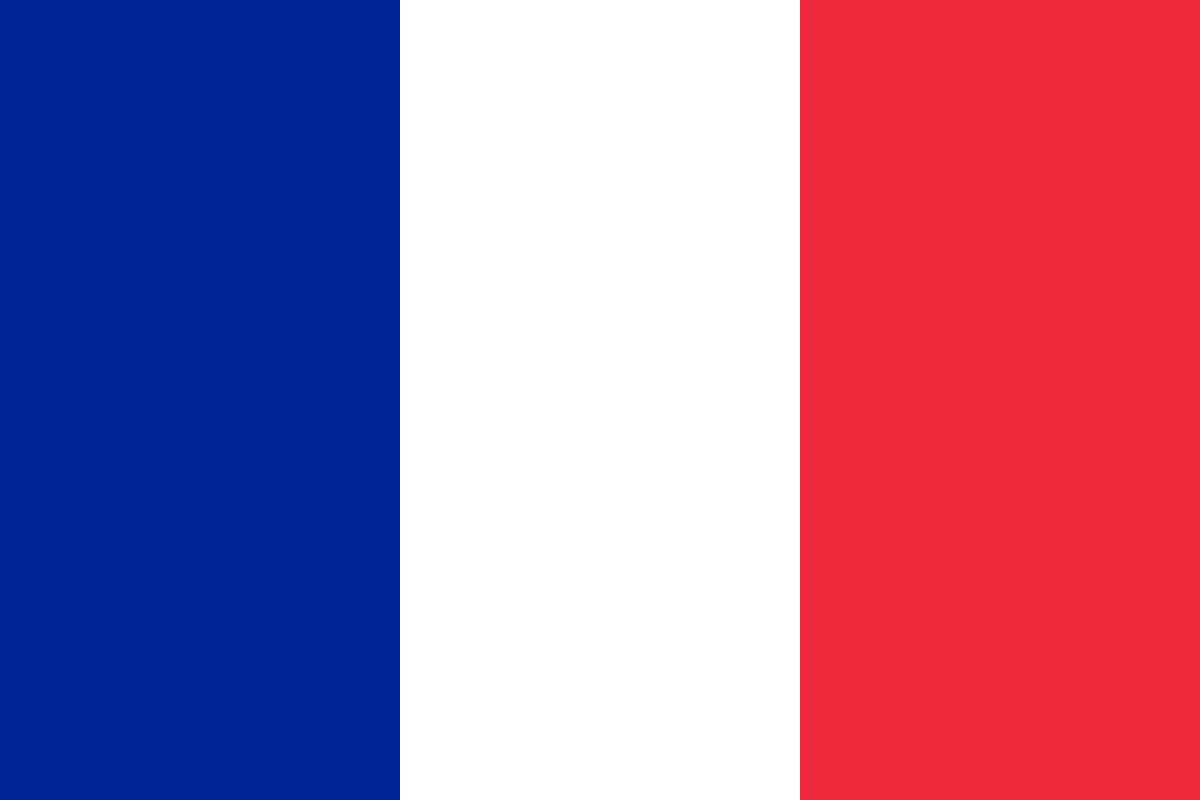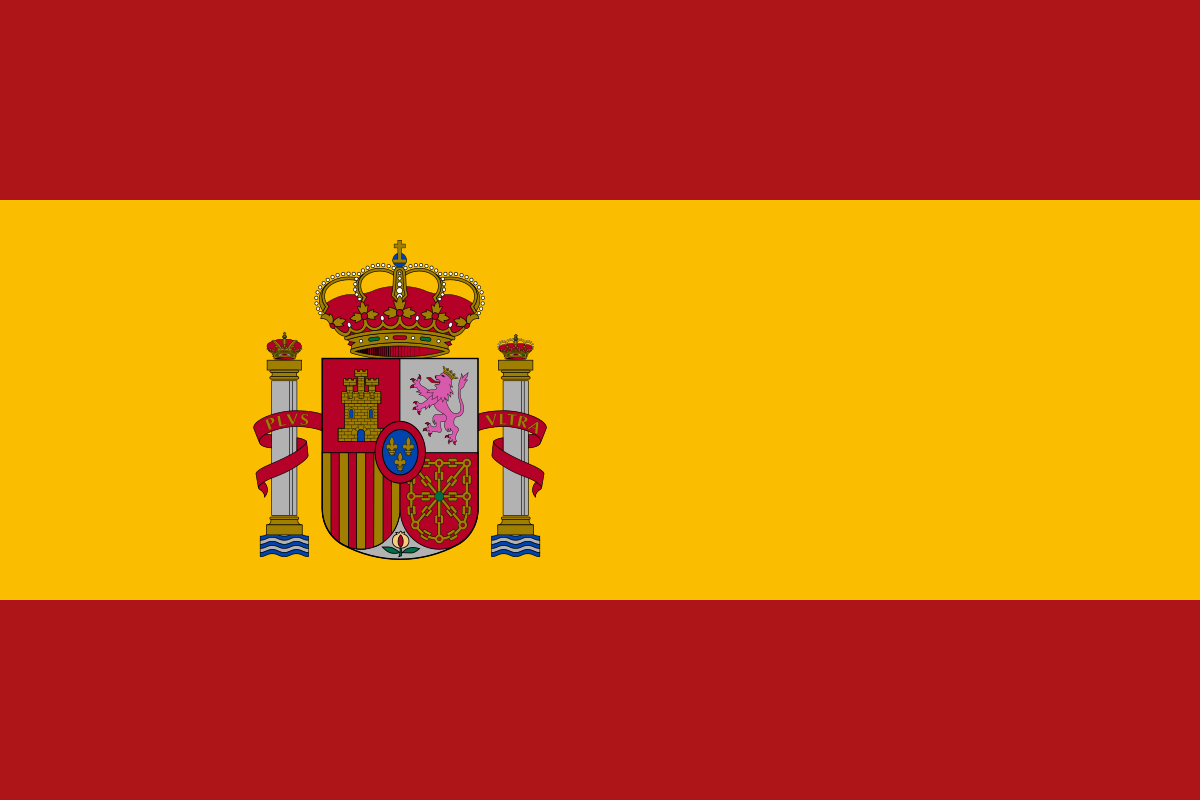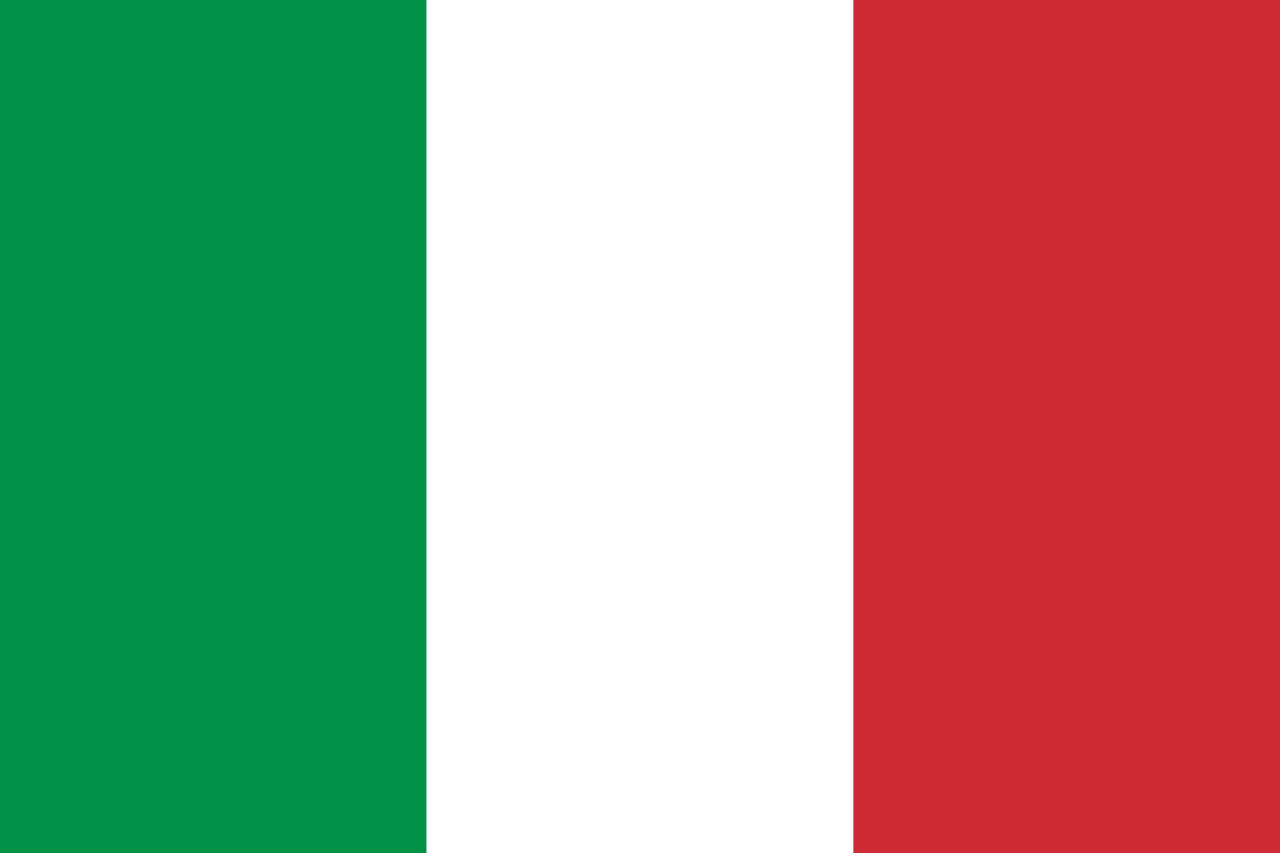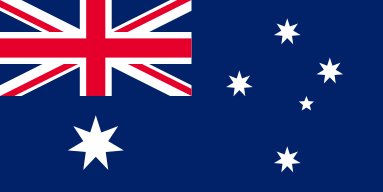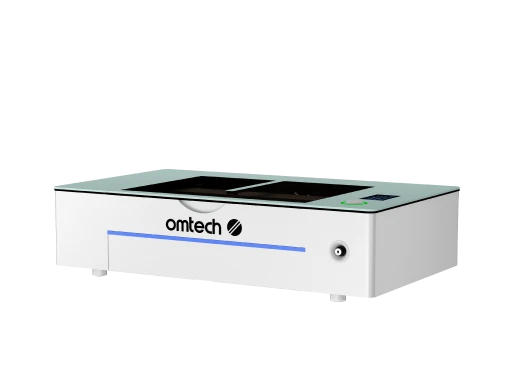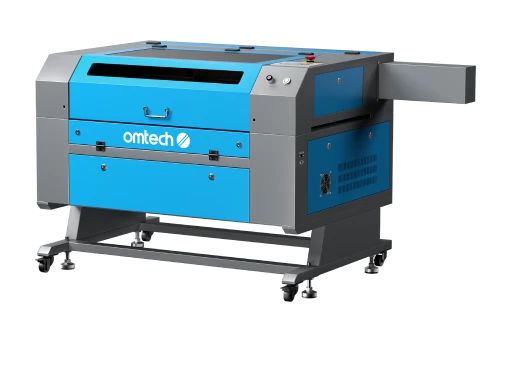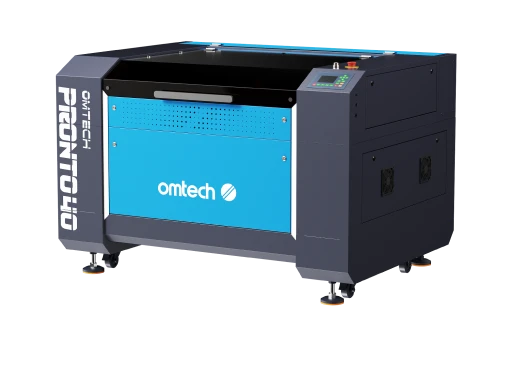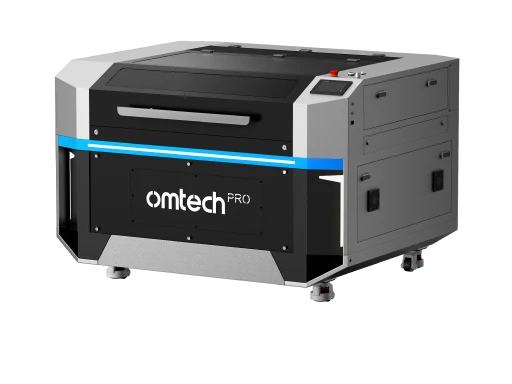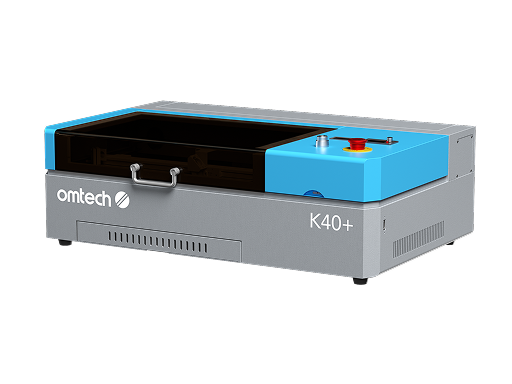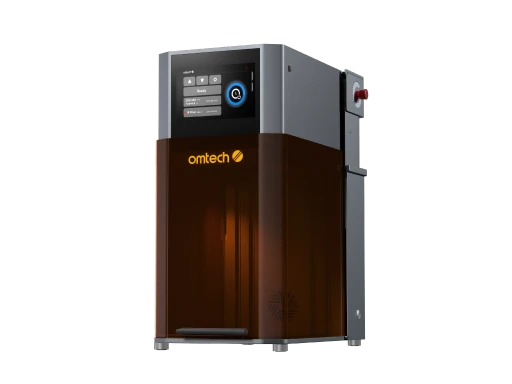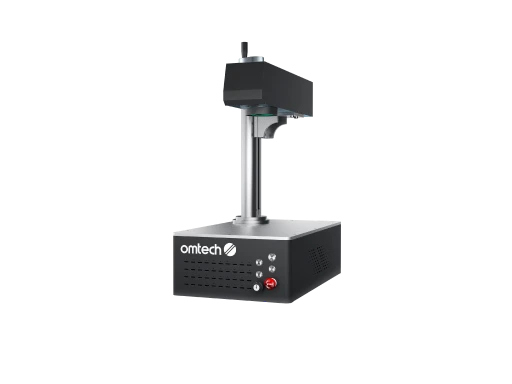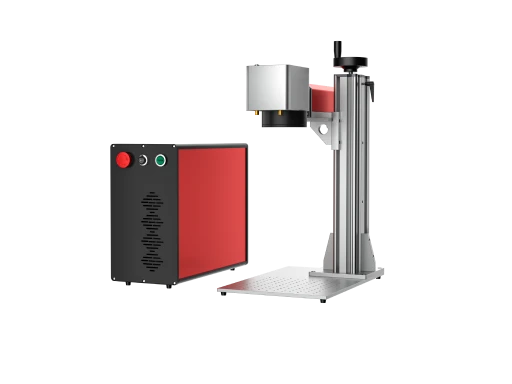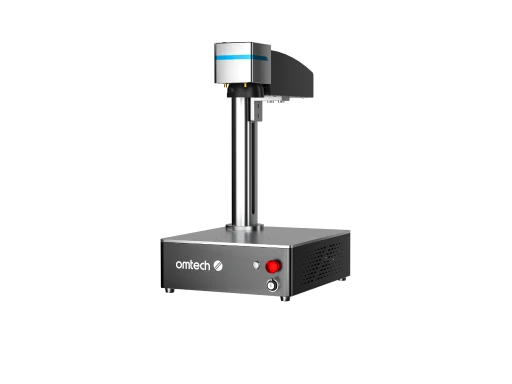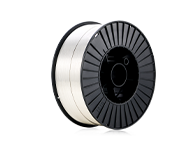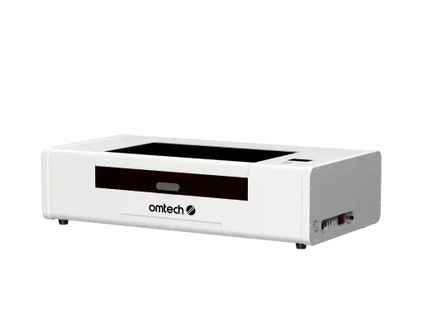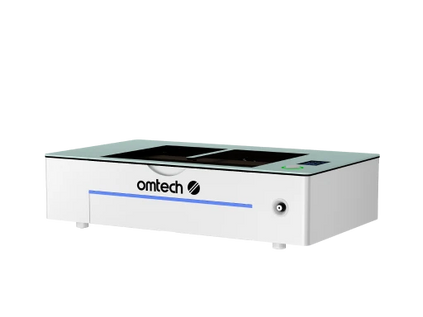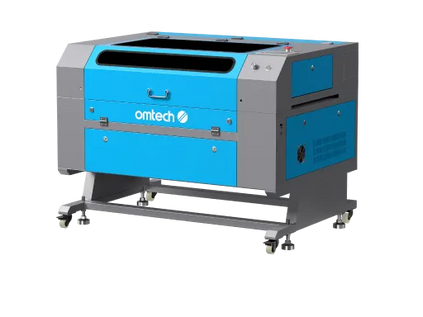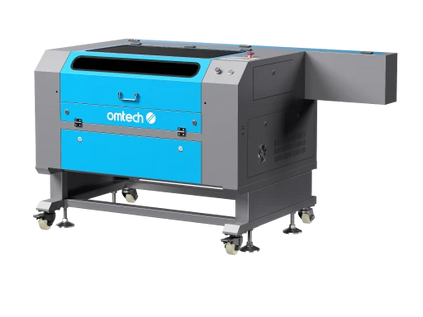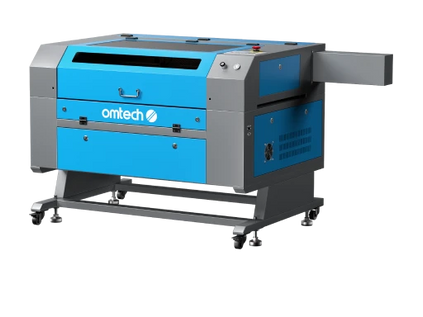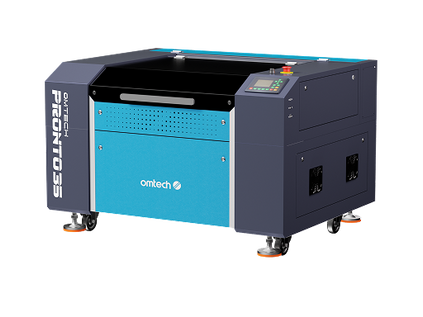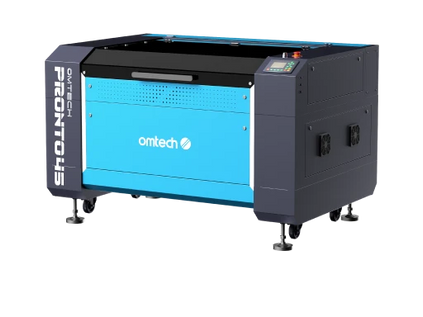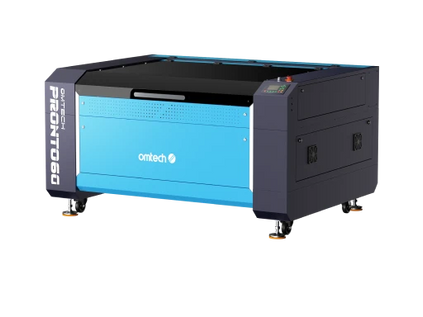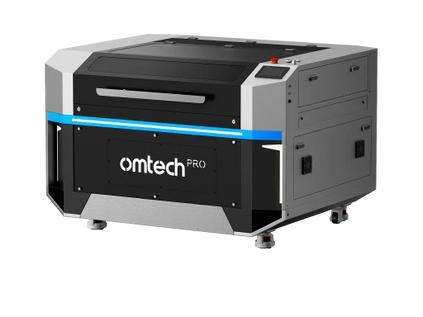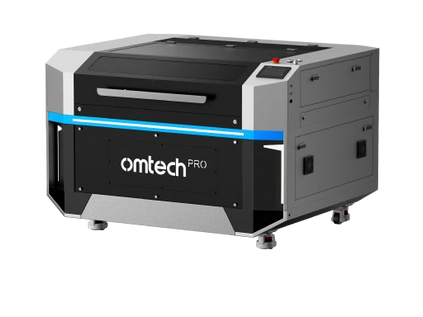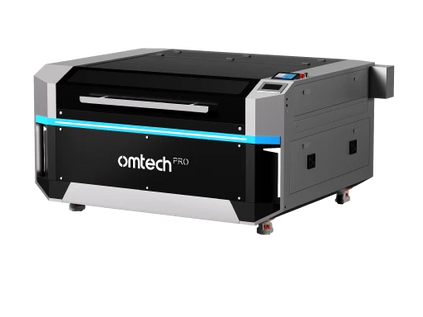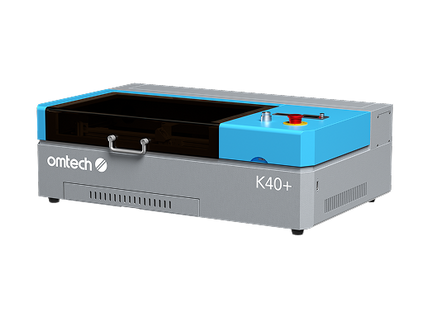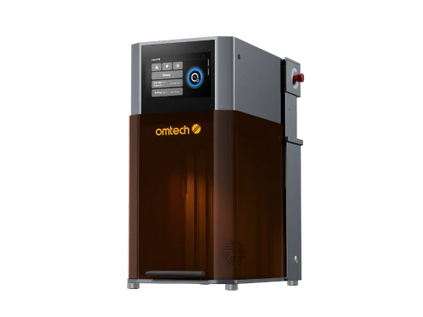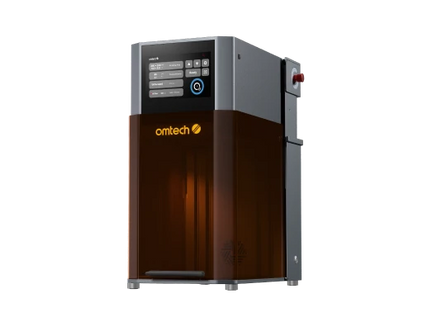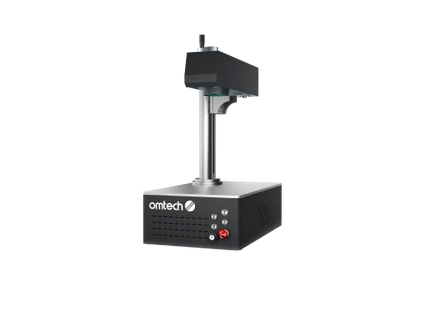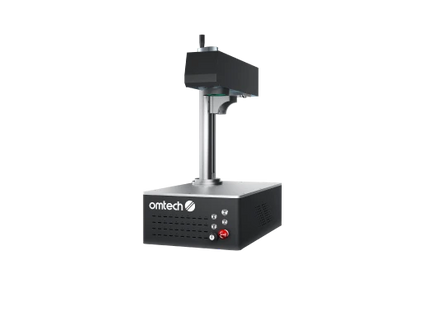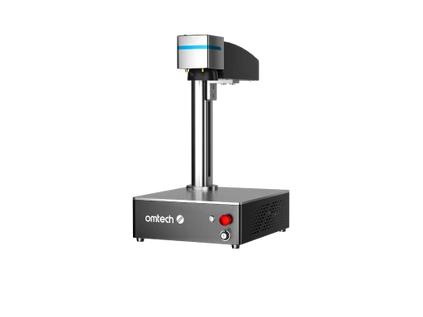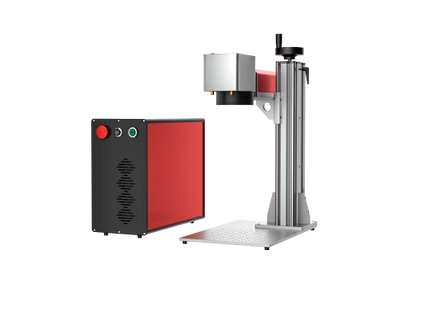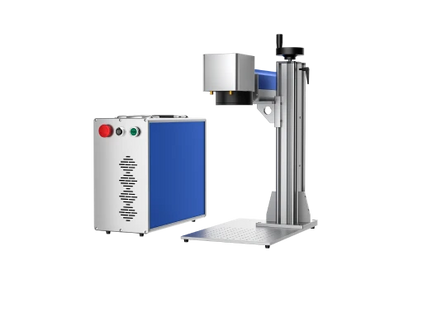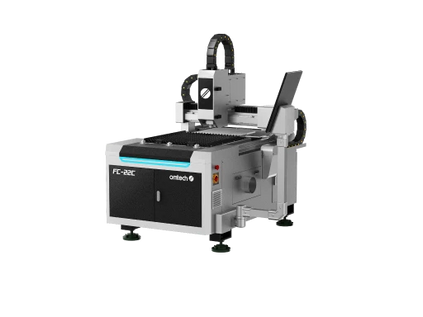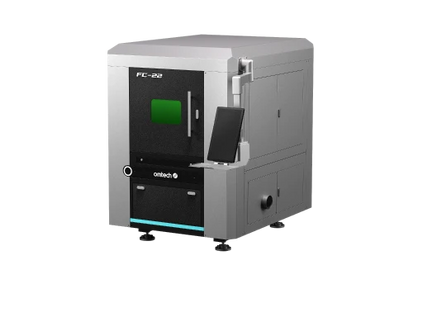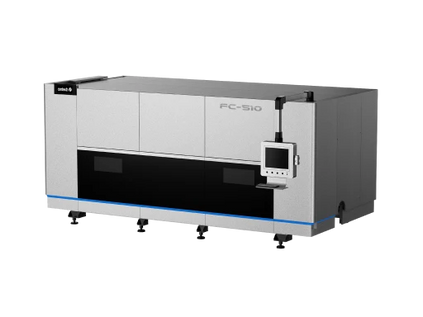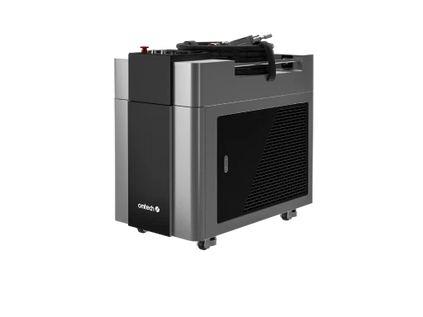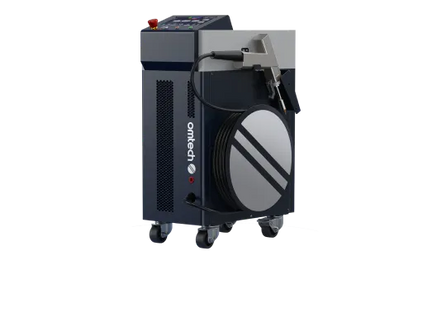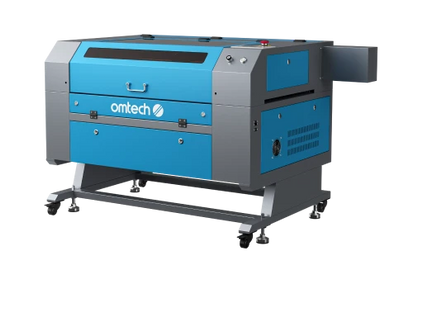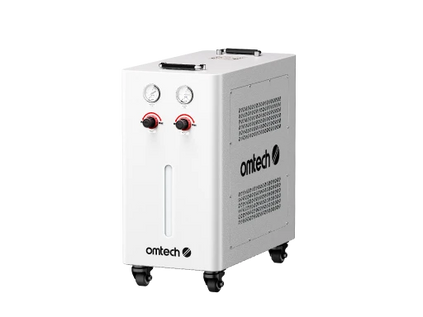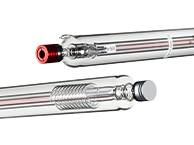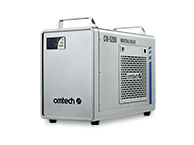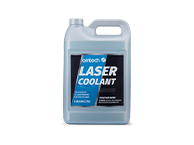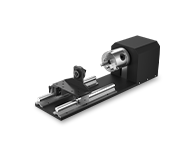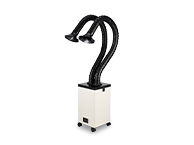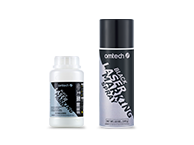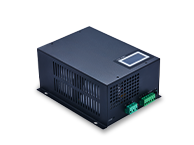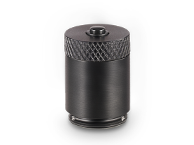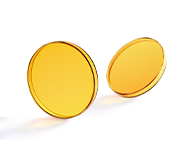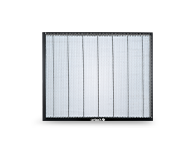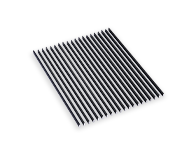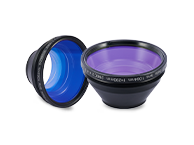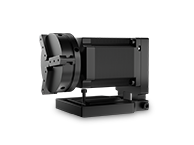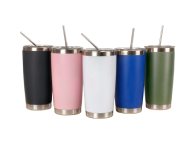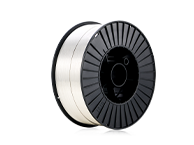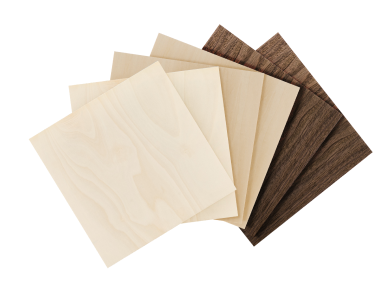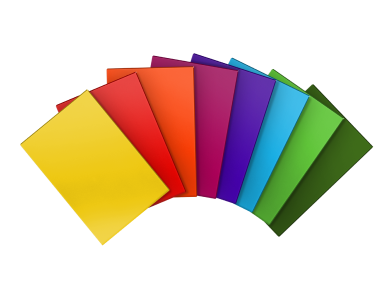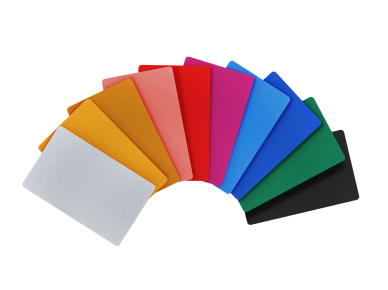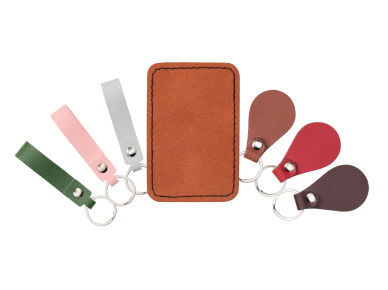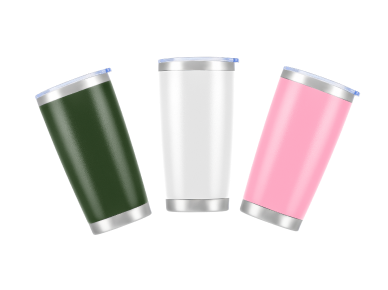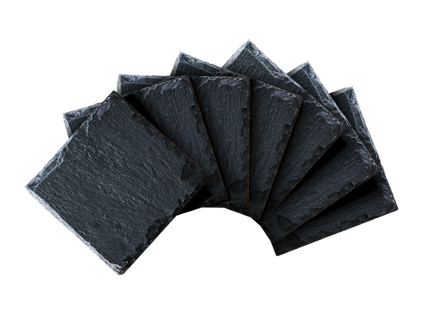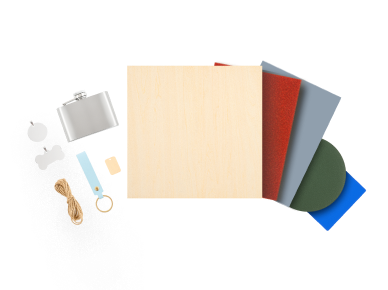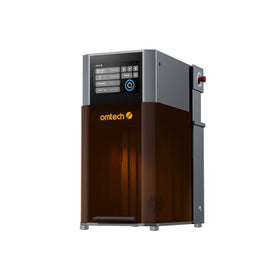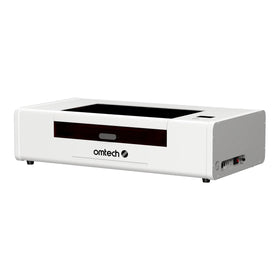DTF vs HTV: Which Printing Method Should You Use?

If you’re interested in creating custom apparel, one of the most significant decisions you’ll face is how to print on fabric. Two popular methods for custom printing are DTF (Direct-to-Film) and HTV (Heat Transfer Vinyl). Both methods are widely used and have their own strengths and limitations.
We’ll dive into each method and show you how each method works, what makes them different, and which might better suit your situation. By the end, you’ll have a better understanding of which method matches your goals, whether that’s speed, cost, complexity, or durability.
What Is DTF (Direct-to-Film) Printing?
DTF is a two-step transfer process that starts by printing your design onto a special PET film (or transfer film). Once printed, you apply a hot-melt adhesive powder to the wet ink, then cure or partially cure the film to bind the adhesive and ink together. Finally, that film is pressed onto the garment using heat and pressure, and the film is peeled off (hot or cold peel, depending on the film type).
Because the design is already printed and inked on the film, the actual garment never has to come into contact with printing heads or inks directly. That gives DTF wide compatibility: it can work on cotton, polyester, blends, nylon, leather, and other materials.
DTF is versatile in design: it can handle gradients, soft halftones, photographic images, and detailed artwork more readily than solid-color vinyl.
Read more: All about DTF printing
What Is HTV (Heat Transfer Vinyl)?
HTV (Heat Transfer Vinyl) is simpler in concept: you cut shapes, letters, or designs from colored vinyl sheets or rolls, weed out the excess vinyl, place the cut vinyl on the garment, and then apply it with heat and pressure so the adhesive backing sticks. Some versions of printable HTV allow full-color prints (by printing on a printable vinyl sheet first and then pressing), but the fundamental workflow remains cut and press.
HTV is often favored for simpler designs—text, logos, numbers, basic graphics—especially when you don’t need photo-level detail or many colors. Because it’s more manual, there's less complexity in setup, and the materials are often easier to control.
Side-by-Side Comparison: DTF vs HTV
Here is a comparison across different factors:
|
Feature |
DTF |
HTV |
|
Design complexity & color |
Excellent—supports gradients, full-color, halftones, photographic detail |
Best for solid-color, vector designs; printable HTV adds color flexibility but with limits |
|
Material compatibility |
Very broad—works on cotton, polyester, blends, leather, nylon, etc. |
Good on many fabrics (cotton, poly, blends), but adhesion can be trickier on harder or specialty surfaces |
|
Feel/hand on fabric |
Softer and more integrated if done well; initial feel may have slight thickness but softens over washes |
More vinyl “layer” feel; thickness more noticeable depending on vinyl type |
|
Durability |
Strong, resists peeling/cracking if pressed and cured properly |
Good for many uses but more prone to cracking or peeling over time, especially under heavy wash or stress |
|
Ease/learning curve |
More steps (printing, powdering, curing, pressing), requires calibration, consistent process |
Simpler: design → cut → weed → press. Easier to start with |
|
Initial cost/investment |
Higher: needs printer capable of DTF, adhesive powder, transfer film, curing setup |
Lower: vinyl cutter, vinyl rolls, basic heat press |
|
Running costs/consumables |
Film, adhesive powder, specialized inks, maintenance |
Vinyl sheets, weeding tools, transfer carrier sheets |
|
Production speed/batch work |
Good for medium runs and multiple designs; you can pre-print and store transfers |
Slower for many designs—each piece must be cut and weeded individually |
|
Best use cases |
Detailed multi-color designs, small to medium runs, mixed material projects |
Simpler designs, names/numbers, sportswear, vinyl logos, small businesses starting out |
Which One Is Better?
There’s no one-size-fits-all answer for DTF vs HTV. Instead, the better method depends on your goals, resources, and design needs. Here are some scenarios:
Choose HTV if you:
-
Are just starting out on a tight budget
-
Mostly produce text, logos, or single-color designs
-
Don’t need fine gradients or photographic prints
-
Want minimal setup complexity
Choose DTF if you:
-
Want to offer full-color prints with depth, gradients, and photographic detail
-
Intend to work on varied fabrics and materials
-
Expect to scale into batch printing with many designs
-
Are willing to invest in the more complex workflow
In many cases, HTV is a great way to get your feet wet, and DTF becomes the tool to level up to when you want more flexibility and polish.
Expectations and Limitations
-
DTF is not magic. The quality, durability, and feel depend heavily on pressing temperature, time, correct adhesive powder, and matching film type. Even with DTF, you’ll find that if you follow the process, you’ll have success.
-
HTV also varies—better vinyl brands perform much better over time. Cheap vinyls may peel or crack quickly.
-
For small runs with very simple designs, HTV can be faster and cheaper. With DTF, you pay more overhead but gain flexibility.
-
The heat press is critical in both methods: uneven heat, poor pressure, or incorrect dwell time can ruin results.
Tips for Starting Out
-
For HTV, practice weeding, alignment, and timing on different fabrics.
-
For DTF, start with basic designs, control your environment (humidity matters for adhesive powder), and get a reliable cure setup.
-
Always test on scrap or sample fabric before doing your final garment.
-
Keep careful records of settings (temperature, time, pressure) per fabric + design combination.
-
Don’t skimp on your heat press quality—flat, consistent heat and pressure make all the difference.
Final Thoughts & Call to Action
For creators customizing clothing, HTV vs DTF is less a battle than a choice. HTV gives you an approachable, budget-friendly start. DTF gives you flexibility, complexity, and long-term growth potential. As you grow your craft, you might find yourself using both—HTV for simpler jobs, and DTF for complex, multi-color projects.
If you’re ready to try or scale your own printing workflow, invest in an OMTech DTF printing machine—a tool that gives you the flexibility and quality to take your custom apparel work to the next level.



